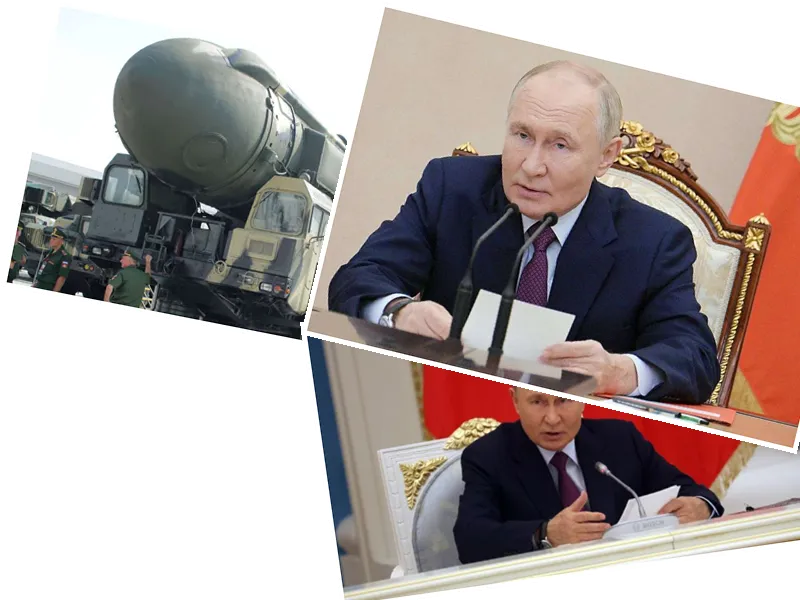NATO's Stance on Ukraine Using Western Weapons Against Russia
The ongoing Ukraine war has seen the involvement of high-tech Western weapons. However, their use by Ukraine has been strictly regulated. Most notably, attacking Russian soil with these weapons remains a major taboo, although discussions are underway that could change this dynamic.
US Permits Conditional Use of Weapons
Updates from the US indicate a slight easing of restrictions. A representative of the US government has confirmed that Ukraine is allowed to use US-supplied weapons for counterstrikes in defense of their eastern city, Kharkiv. This permission aims to enable the Ukrainian military to repel Russian forces either attacking or preparing to attack them. However, any offensive use of these weapons against Russian territory remains strictly prohibited.
NATO and the Escalation Debate
Intense conversations have been ongoing within NATO about allowing Ukraine to use Western weapons for attacks on specific Russian targets. Recently, several NATO members pushed back on the restrictions, suggesting these rules should be relaxed. However, such propositions have met harsh rebukes from Moscow. Kremlin spokesman Dmitry Peskov has reiterated that such actions could have severe repercussions, potentially damaging the interests of those nations urging for an escalation.
Nuclear Threats and Red Lines
The rhetoric from Moscow has included a dangerous escalation of nuclear threats. In Vienna, Russian diplomat Konstantin Gavrilov warned that any perceived crossing of red lines could lead to a nuclear response. A demonstrative nuclear explosion has even been suggested by political scientist Dmitri Suslov as a means to underline Russia's deterrence policy.
Diverging Positions Within NATO
Interestingly, there is a split within NATO itself regarding this issue. While some countries like France support the use of Western weapons to target Russian positions launching missiles into Ukraine, Germany remains on the fence. Chancellor Olaf Scholz has suggested some flexibility but has stopped short of fully endorsing these counterattacks.
US Position Under Scrutiny
The United States remains the most stringent in upholding the prohibition. Despite growing pressure from Congress and even some internal dissent within the Biden administration, the official US policy continues to forbid the use of its weapons for attacks inside Russia. Secretary of State Antony Blinken, however, has hinted at possible future adjustments.
NATO Secretary General's Warning
NATO Secretary General Jens Stoltenberg has underscored the urgency, noting that Ukraine's defense becomes increasingly challenging without the ability to target legitimate military installations on Russian soil. The upcoming NATO foreign ministers' meeting could potentially play a pivotal role in reshaping this policy.
Frustrations in Ukraine
In Ukraine, there is a palpable sense of frustration over the current limitations. Officials argue that while they have precise intelligence on where Russian forces are amassing, they lack the authorization to preemptively strike those targets. This regulation has restricted Ukraine to a reactive stance rather than a proactive one.
- The potential shift in NATO’s policy could mark a significant turning point in the Ukraine war. Allowing Ukraine to use Western weapons against Russian launch sites could significantly alter the military dynamics and give Kiev a crucial advantage.
- The easing of restrictions could also have broader geopolitical impacts, including an escalation of tensions between NATO and Russia. It could potentially redefine the boundaries of conventional warfare, bringing concepts like nuclear deterrence to the forefront of modern conflict.
- The involvement of countries like France, Germany, and other NATO members each adds a layer of complexity to this issue, indicating a multidimensional debate that includes legal, ethical, and strategic considerations.






